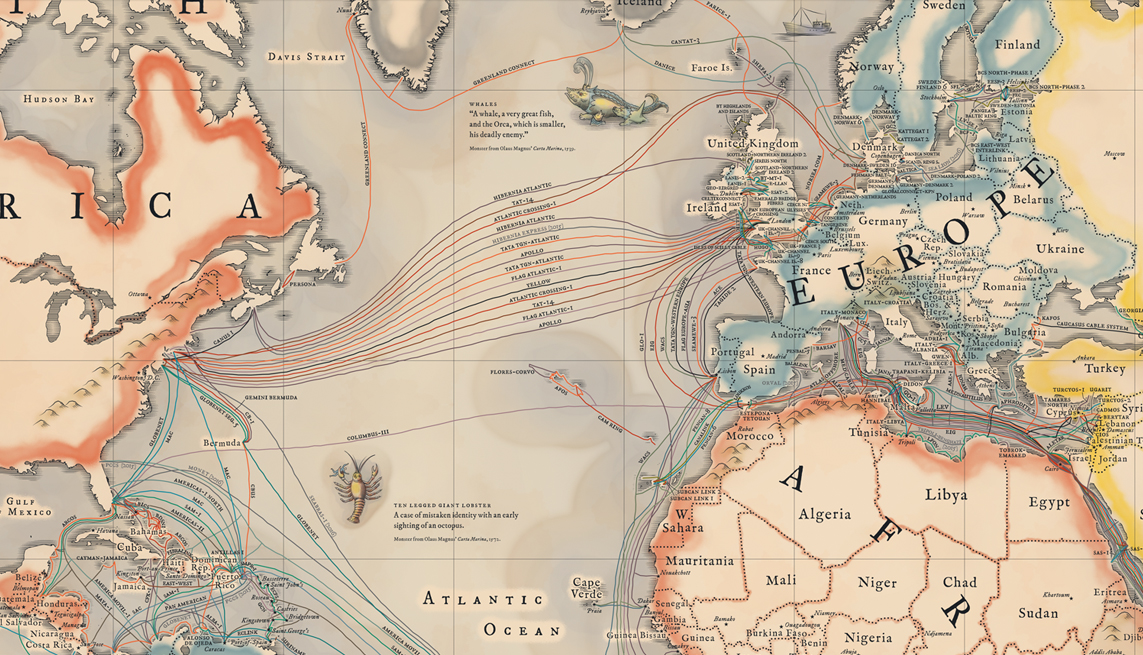As reported by Reuters: Space Exploration
Technologies, or SpaceX, is rapidly increasing production of the
engines that power its Falcon 9 rocket and expects to meet its target of
13 launches and two test flights this year, President Gwynne Shotwell
told Reuters.
SpaceX, the technology upstart founded by entrepreneur Elon Musk, is stepping up hiring of engineers and other workers to help boost production, including many from other sectors such as the automotive industry and the military, company officials said.
This year, the company expects to produce at least 180 engines, with that number set to increase to 240 next year, and 400 in 2017, Shotwell told Reuters in an interview late last week.
 Shotwell said increasing production
put the company on track to complete 13 launches this year. It fell
short of its targets last year due to a number of factors.
Shotwell said increasing production
put the company on track to complete 13 launches this year. It fell
short of its targets last year due to a number of factors.
"Certainly from a manufacturing perspective, we should be able to meet those targets," said Shotwell, who is due to testify before the House Armed Service Committee on Tuesday about a drive to end U.S. reliance on a Russian-built engine that powers one of two rockets used by SpaceX rival United Launch Alliance (ULA).
The Air Force expects to certify SpaceX by June to launch some military and intelligence satellites using its Falcon 9 rockets. Currently, those satellites can only be launched by ULA, a joint venture of Lockheed Martin Corp and Boeing Co, the two largest U.S. arms makers.
SpaceX has shaken up the satellite industry in recent years, winning a variety of launch contracts from commercial firms, as well as NASA, and putting pressure on ULA to lower its costs. But skeptics say the jury is still out on whether SpaceX can keep up with rising demand and growing backlog.
SpaceX has already launched three times this year and is gearing up for a fourth launch on March 21, followed by a cargo resupply mission for NASA in early April.
The company also has a prototype crew capsule at Cape Canaveral for a test flight to prove that a spaceship carrying astronauts could safely abort a mission if a rocket blew up on the launch pad, she said.
SpaceX plans a second test flight this year for NASA, aimed showing its ability safely land astronauts if a launch was aborted during flight.
Shotwell said the company was also making "great progress" on its 27-engine Falcon Heavy rocket, and planned to test it later this year at a refurbished space shuttle launch pad at Kennedy Space Center in Florida.
SpaceX, the technology upstart founded by entrepreneur Elon Musk, is stepping up hiring of engineers and other workers to help boost production, including many from other sectors such as the automotive industry and the military, company officials said.
This year, the company expects to produce at least 180 engines, with that number set to increase to 240 next year, and 400 in 2017, Shotwell told Reuters in an interview late last week.
 Shotwell said increasing production
put the company on track to complete 13 launches this year. It fell
short of its targets last year due to a number of factors.
Shotwell said increasing production
put the company on track to complete 13 launches this year. It fell
short of its targets last year due to a number of factors."Certainly from a manufacturing perspective, we should be able to meet those targets," said Shotwell, who is due to testify before the House Armed Service Committee on Tuesday about a drive to end U.S. reliance on a Russian-built engine that powers one of two rockets used by SpaceX rival United Launch Alliance (ULA).
The Air Force expects to certify SpaceX by June to launch some military and intelligence satellites using its Falcon 9 rockets. Currently, those satellites can only be launched by ULA, a joint venture of Lockheed Martin Corp and Boeing Co, the two largest U.S. arms makers.
SpaceX has shaken up the satellite industry in recent years, winning a variety of launch contracts from commercial firms, as well as NASA, and putting pressure on ULA to lower its costs. But skeptics say the jury is still out on whether SpaceX can keep up with rising demand and growing backlog.
SpaceX has already launched three times this year and is gearing up for a fourth launch on March 21, followed by a cargo resupply mission for NASA in early April.
The company also has a prototype crew capsule at Cape Canaveral for a test flight to prove that a spaceship carrying astronauts could safely abort a mission if a rocket blew up on the launch pad, she said.
SpaceX plans a second test flight this year for NASA, aimed showing its ability safely land astronauts if a launch was aborted during flight.
Shotwell said the company was also making "great progress" on its 27-engine Falcon Heavy rocket, and planned to test it later this year at a refurbished space shuttle launch pad at Kennedy Space Center in Florida.





















